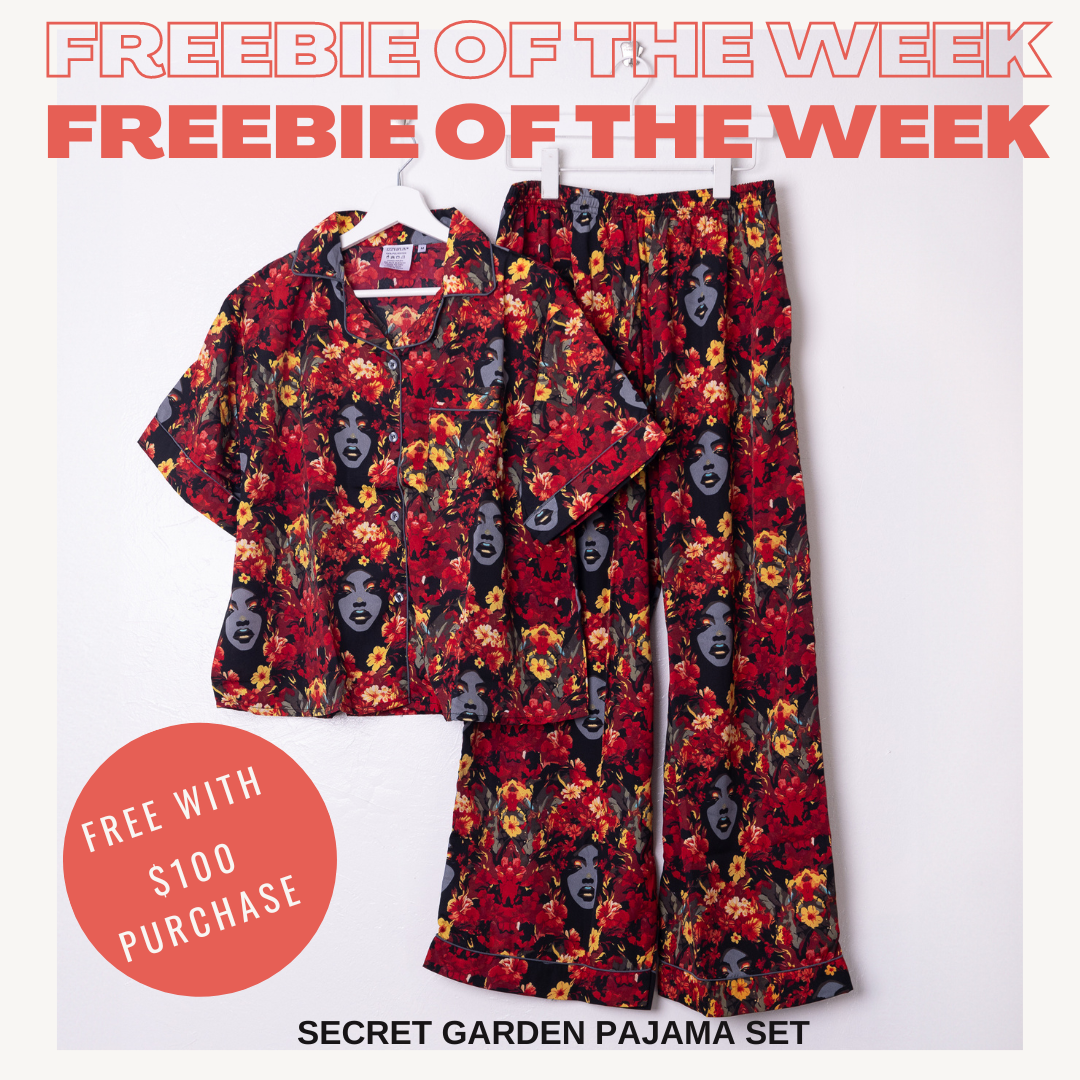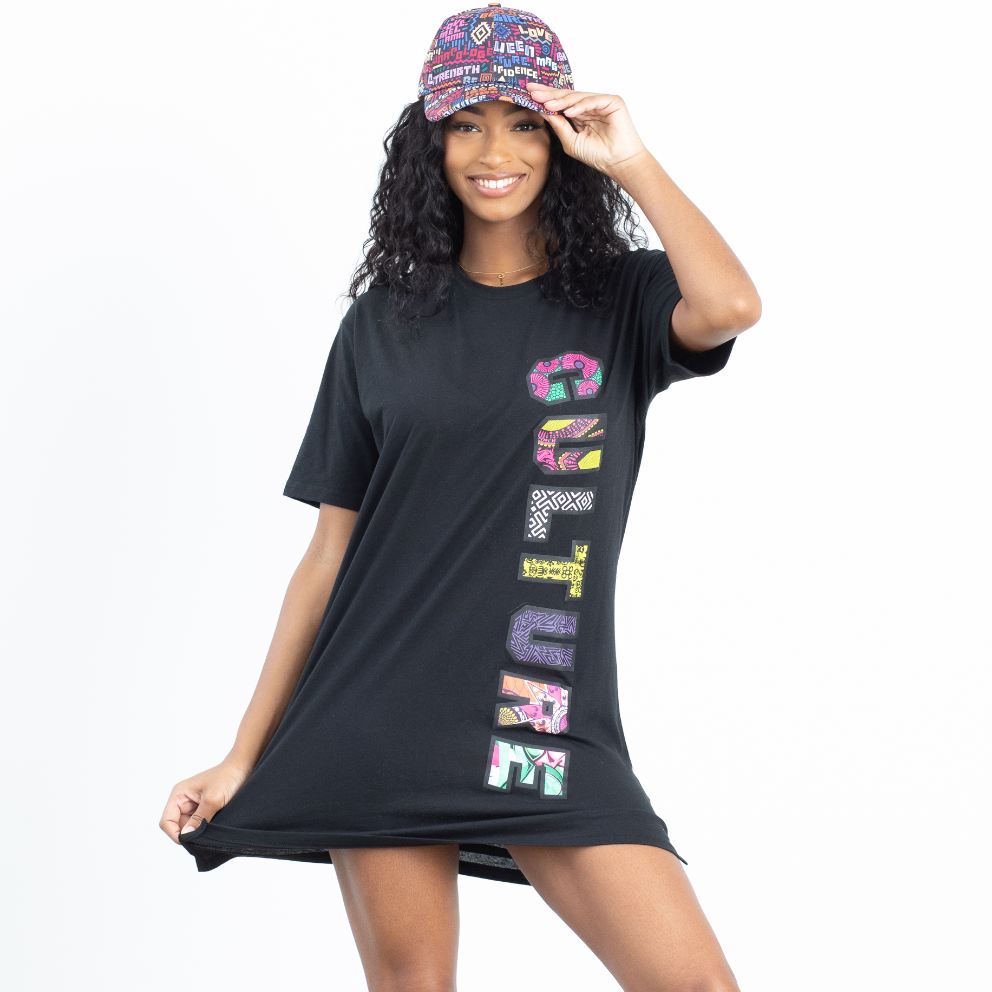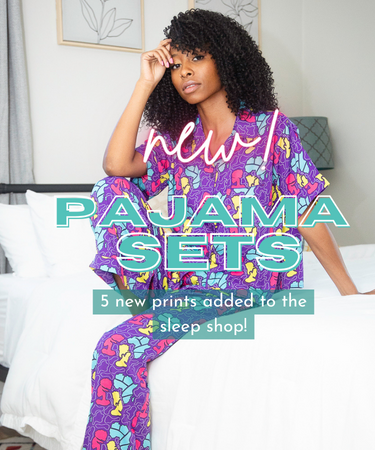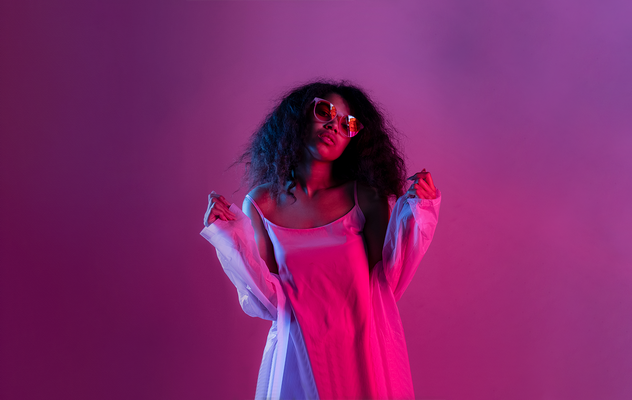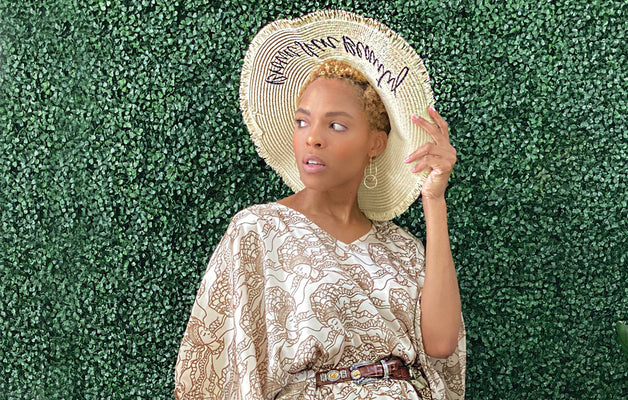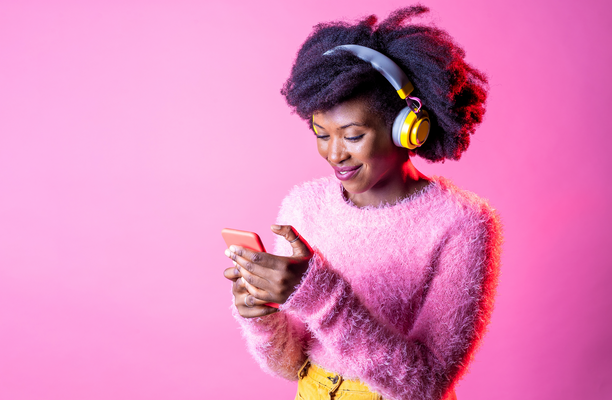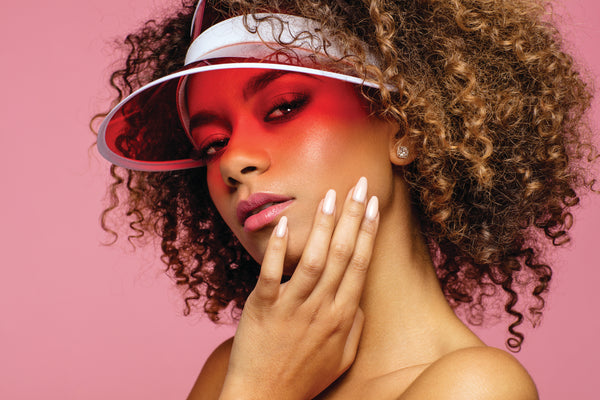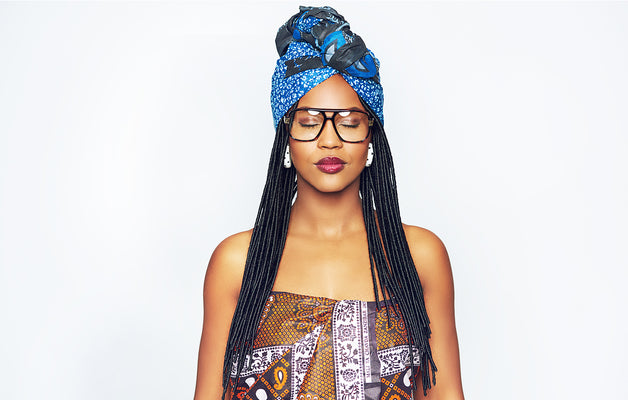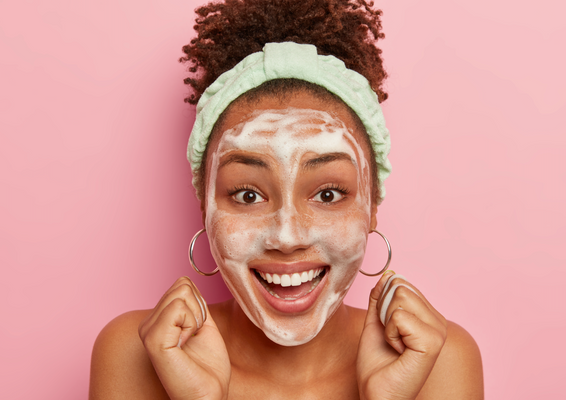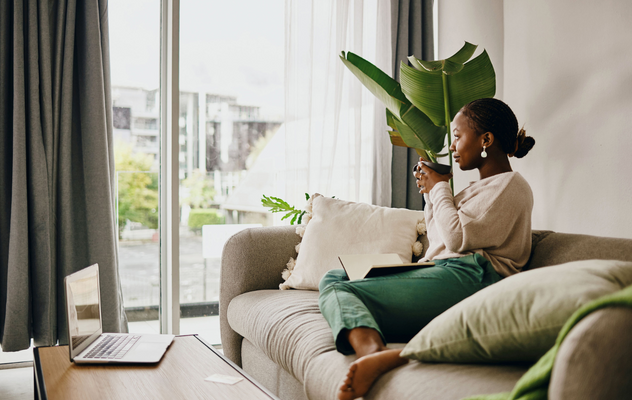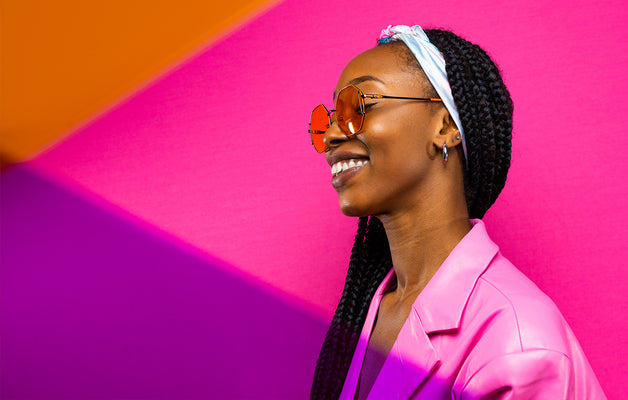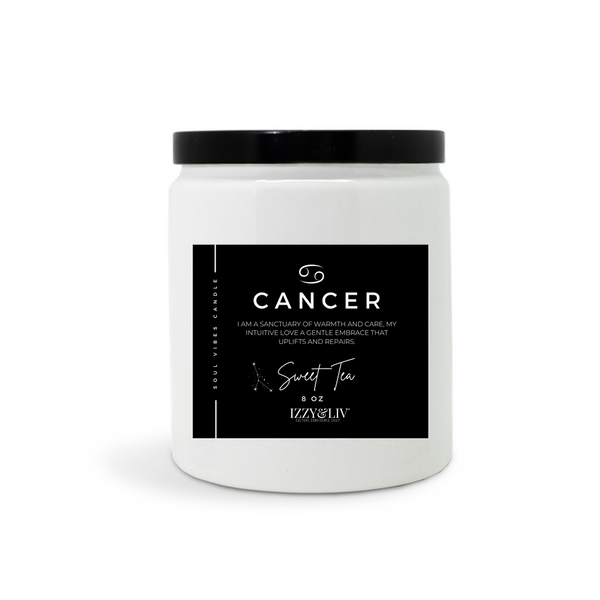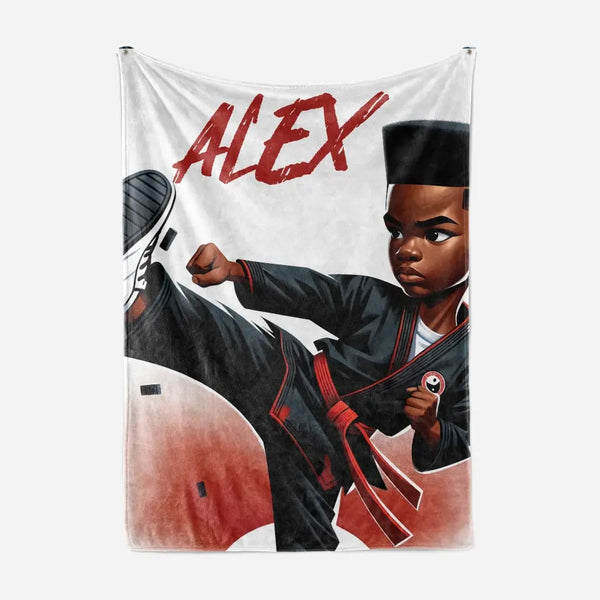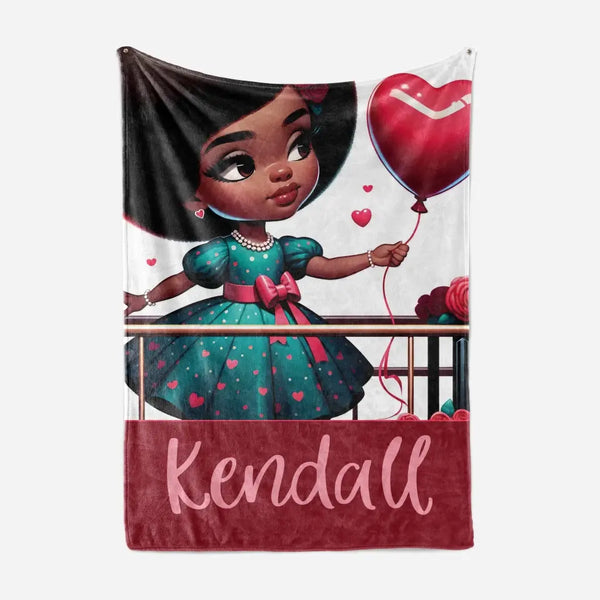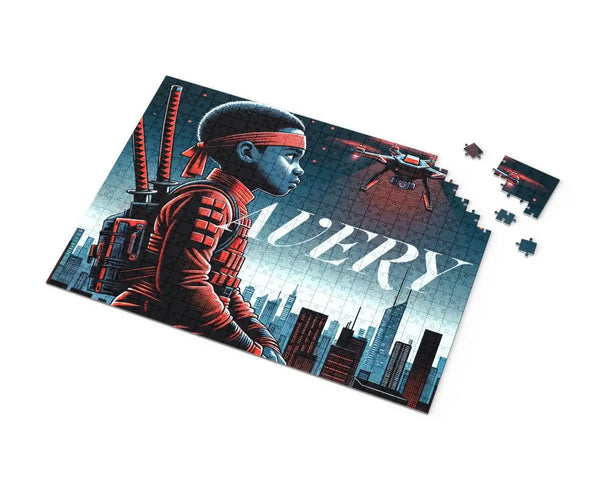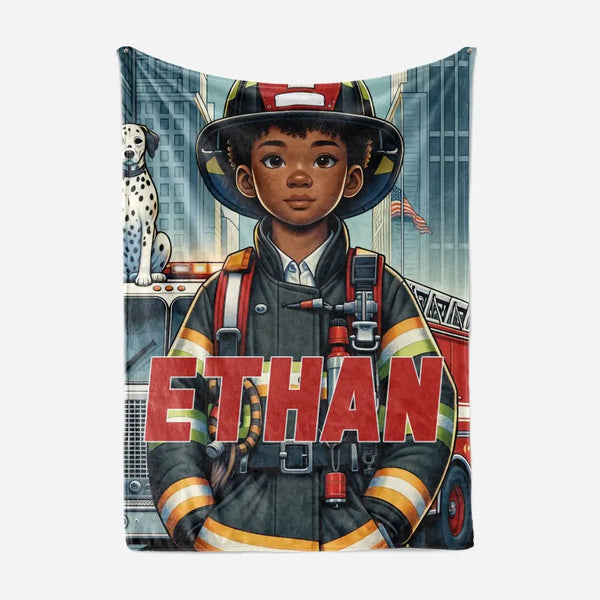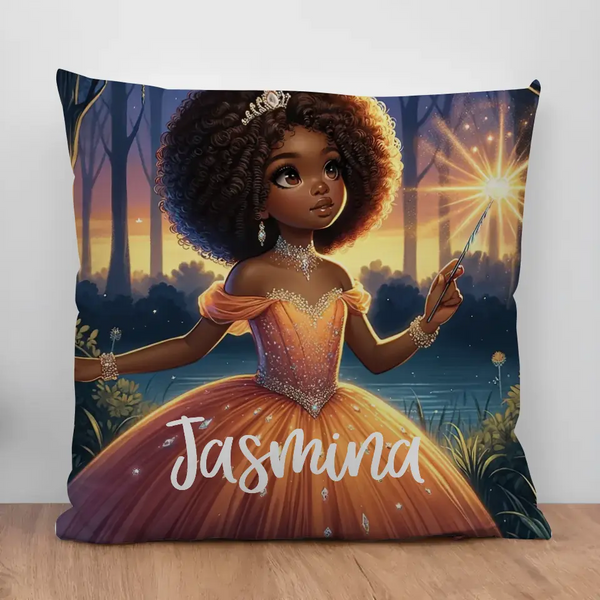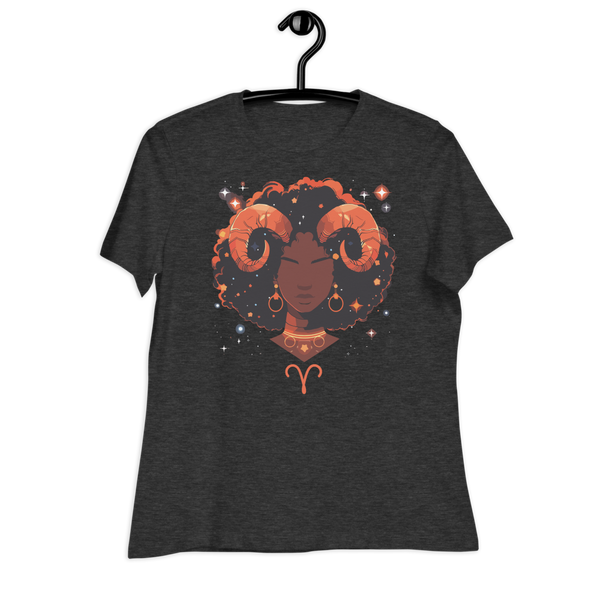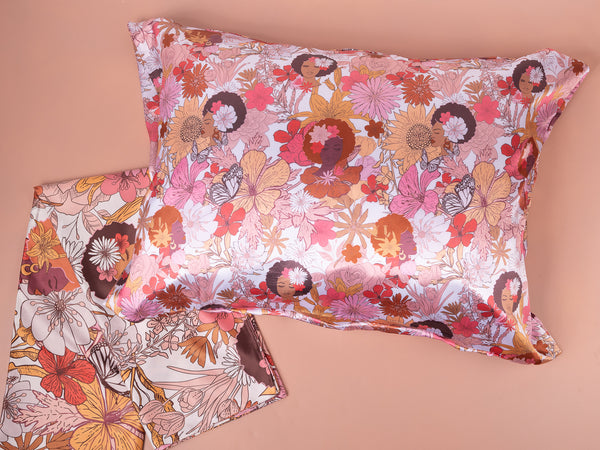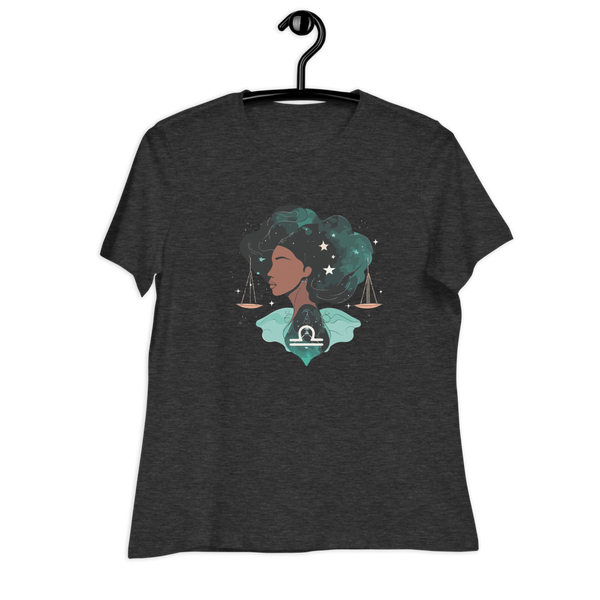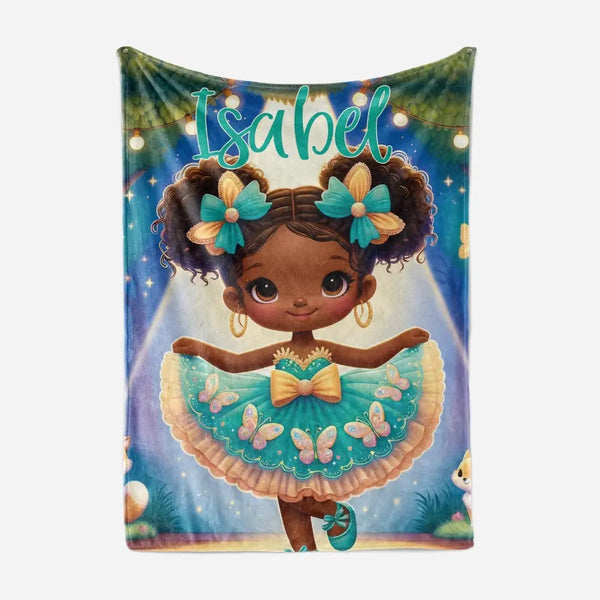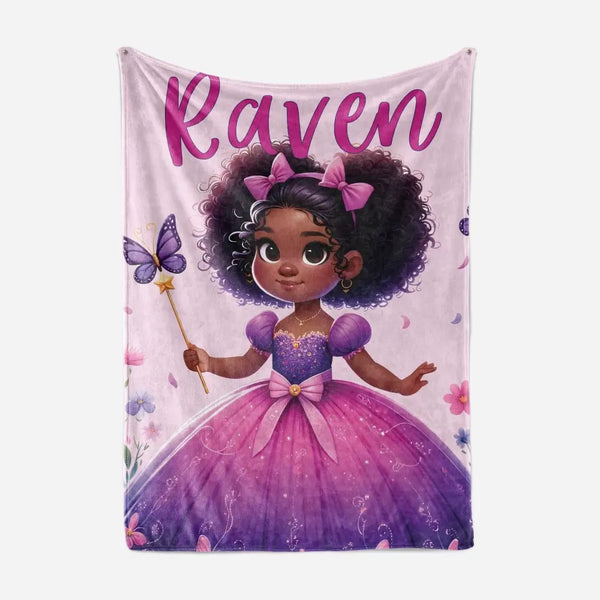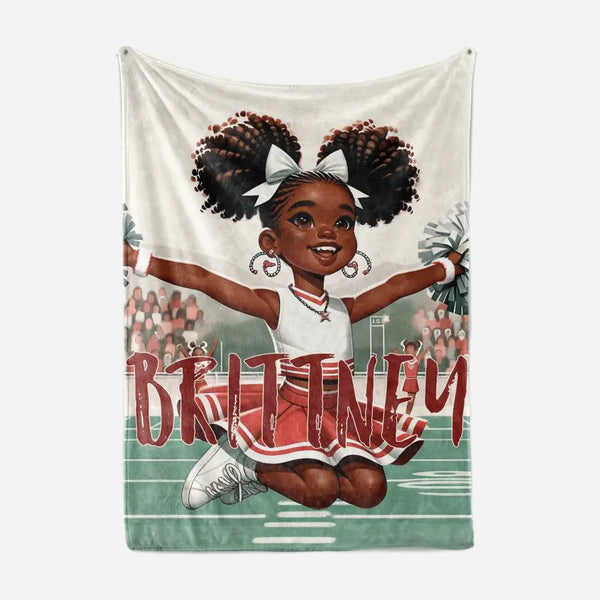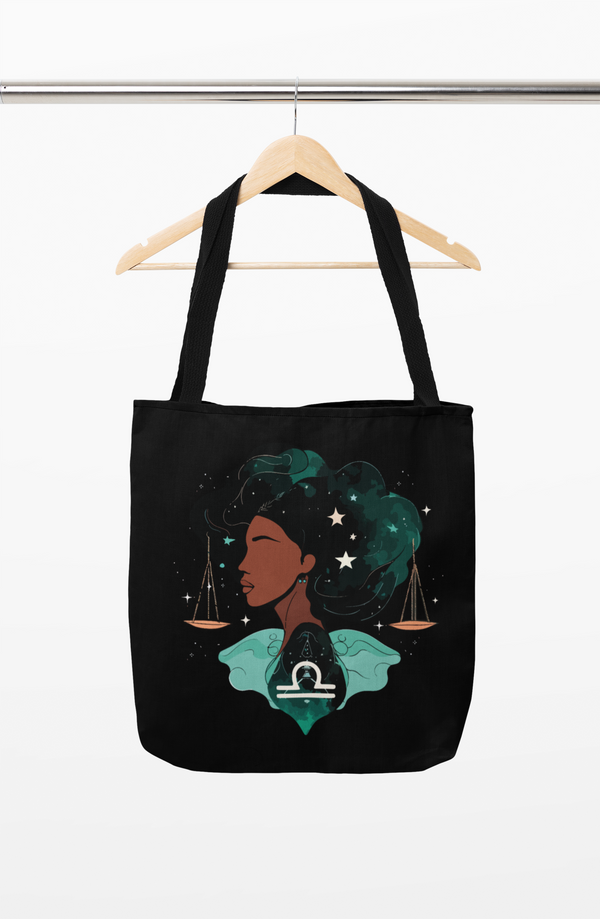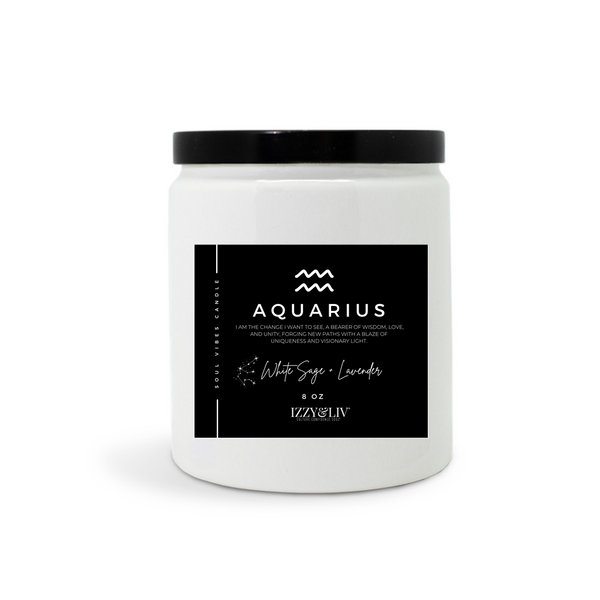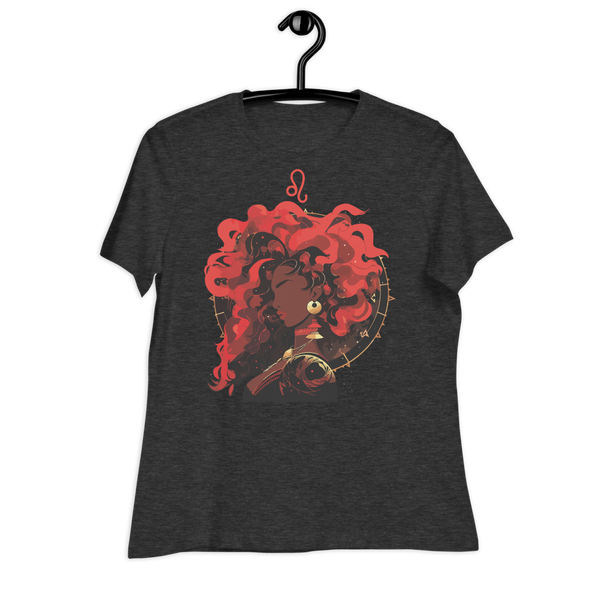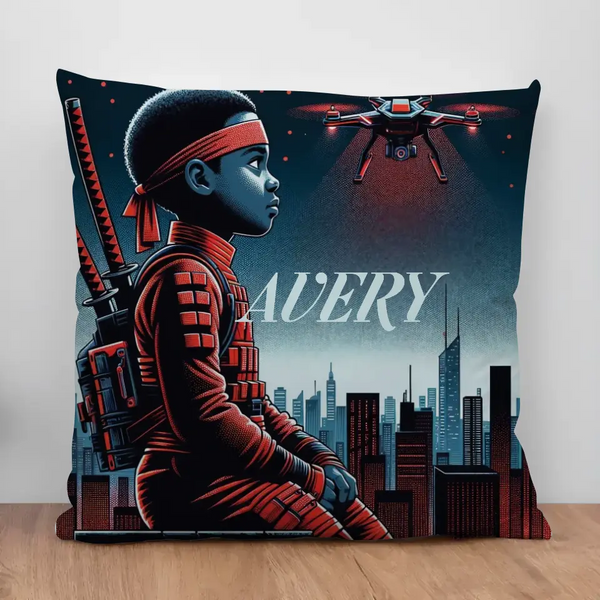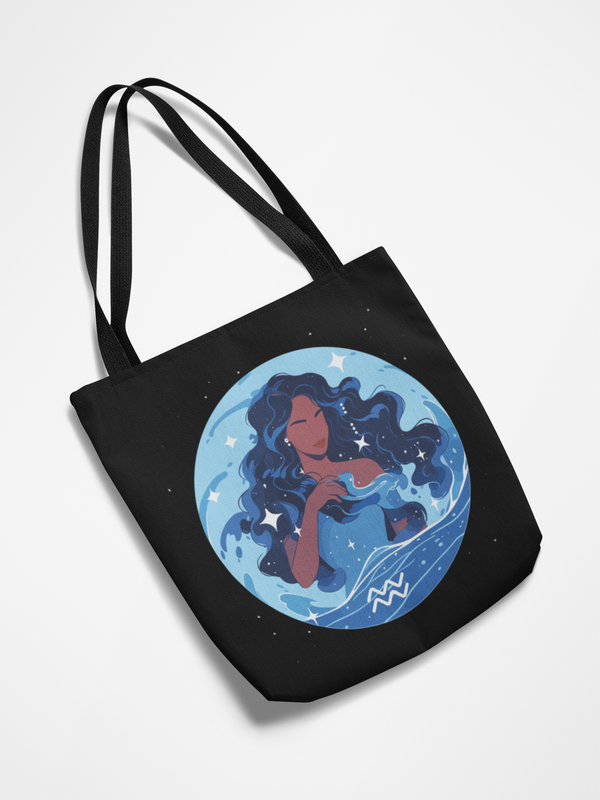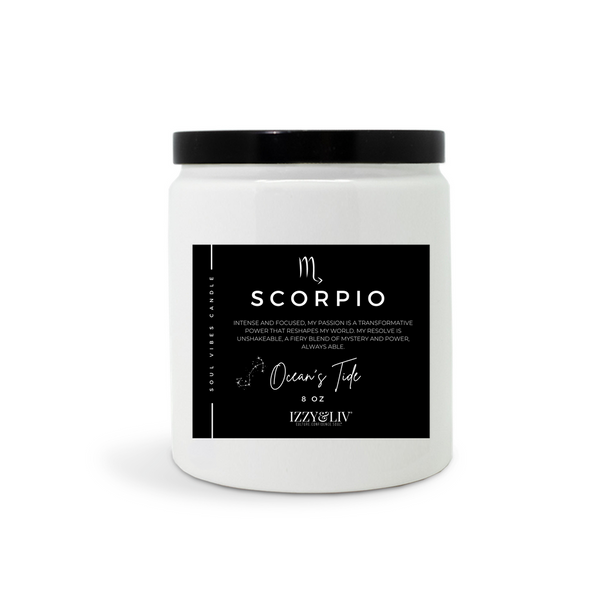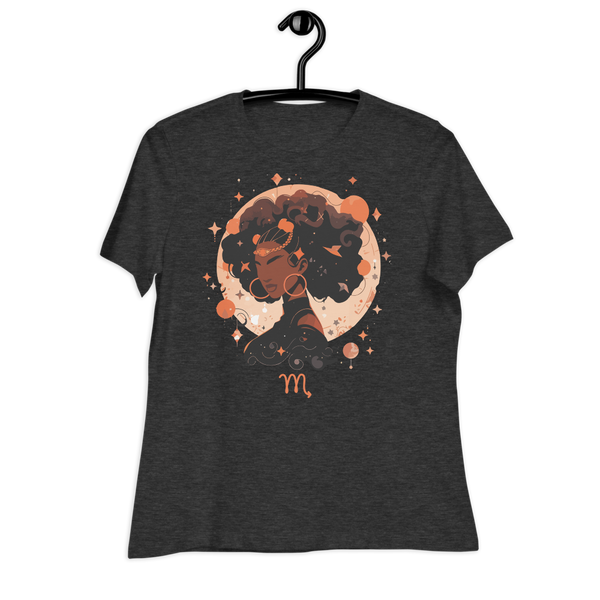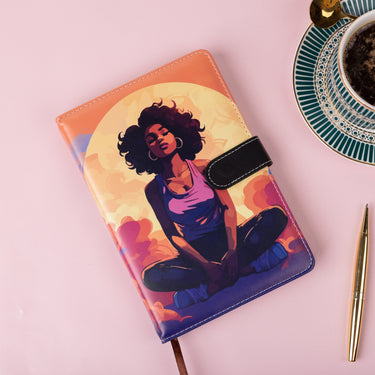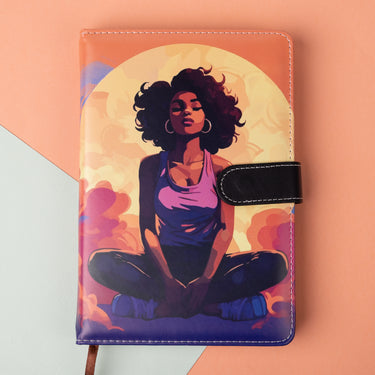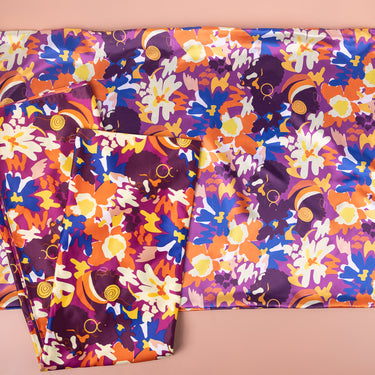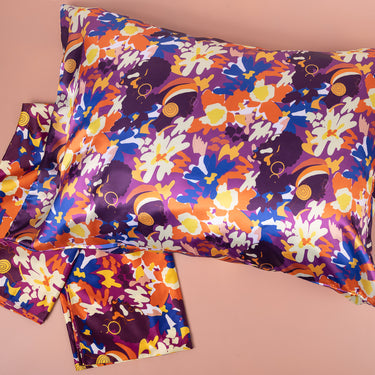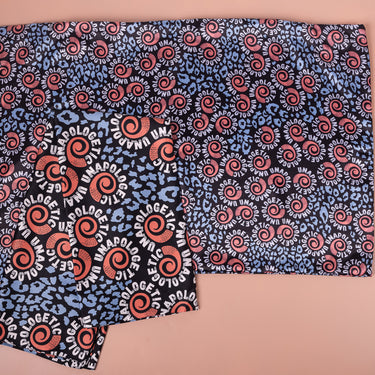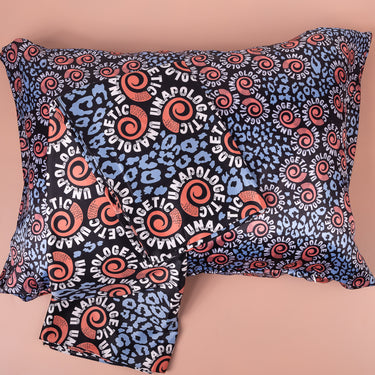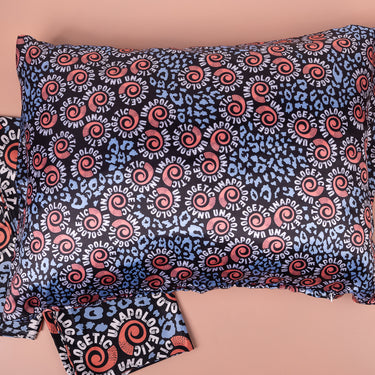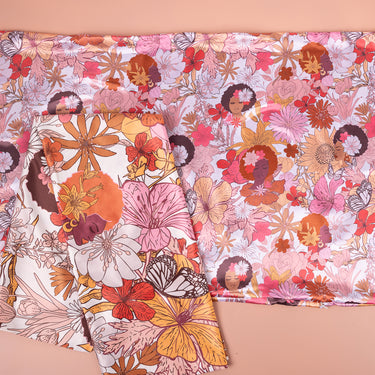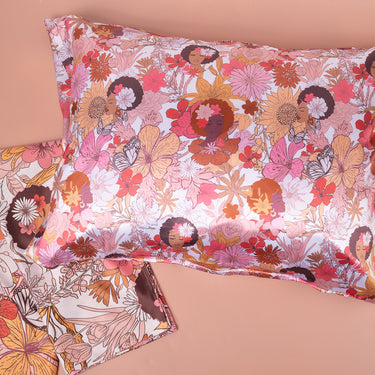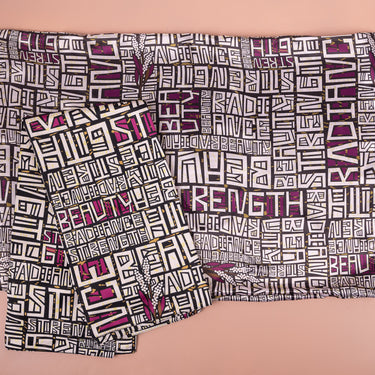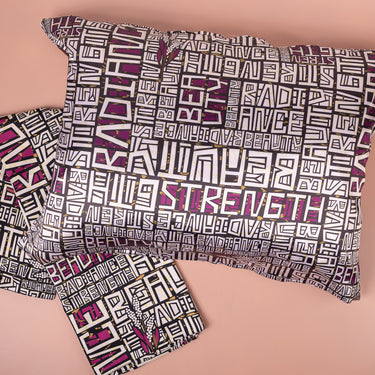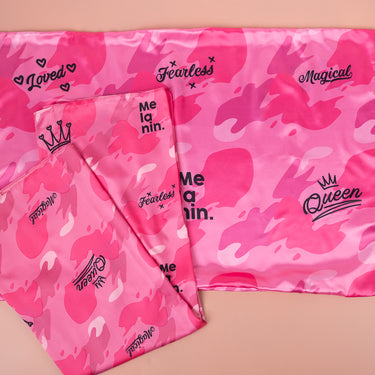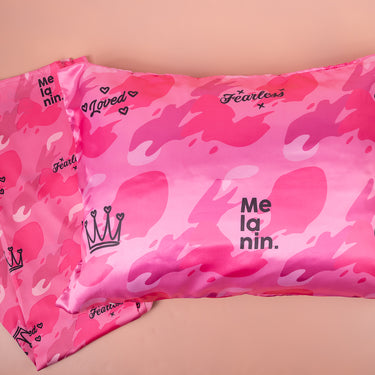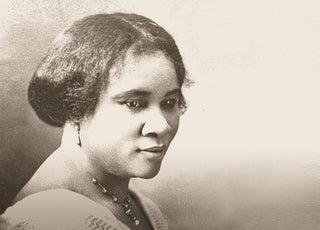
There is no doubt that the fascination with African American hair extends far beyond the melaninated people. From the interest in our daily maintenance to the political narrative that comes along with it, Black hair care has served as a catalyst for radical change in the U.S. Let’s take a stroll down memory lane to see how much hair trends have changed over time for women of color and how they have affected our society. We just might find that we’ve come full circle.
- 1600’s “New World” African Slaves

Photo via afroage
Here we find the first confrontation with European beauty standards for blacks. Slaves would either try to assimilate to the European style of beauty or they would continue to embrace their African cultural standard of beauty through braiding their hair or using herbs for their skin. Oftentimes, slaves would work as beauticians or barbers for their masters and their master’s family.
- 1880s
The French invented the metal hot comb and it became readily available in the U.S. It is used to temporarily straighten curly hair. Some people mistakenly believe that Madam C.J. Walker, history’s first female self-made millionaire, was the one who invented the hot comb. Believe it or not, the Europeans were the first to use the device in order to look similar to the ancient Egyptians.
- 1900s
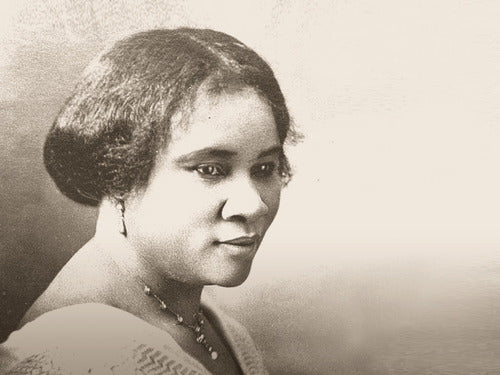
The era of natural haircare pioneer Madam C.J. Walker. Although she was responsible for establishing the first beauty product line for African American women, some accuse her of encouraging black women to “look white”. Walker was the first female self-made millionaire and is responsible for establishing the now billion dollar black hair care industry.
- 1920s
Black nationalist Marcus Garvey encourages African Americans to wear their natural hair. Garvey was a Jamaican political leader who founded the Universal Negro Improvement Association and African Communities League. After his death, a speech by Martin Luther King declared that Garvey, “was the first man of color to lead and develop a mass movement. He was the first man on a mass scale and level to give millions of Negroes a sense of dignity and destiny.” (Wikipedia)
- 1954
The Johnson Products Company launches a brand new at home permanent hair straightener for men. The Ultra Wave Hair Culture hair product was the first in its class to be made just for men. The woman’s version, Ultra Sheen, would soon follow. It would also surpass the sales of Ultra Wave Hair Culture. Johnson Products Company because the first African American owned corporation listed on the American Stock Exchange.
- 1963

On the television drama “East Side/West Side” Cicely Tyson wears cornrows. In response to the era’s trend of straightened hair even amongst African Americans, Tyson is quoted as saying, “I wasn’t comfortable in the [character’s] skin with that style of hair because I knew they didn’t wear their hair straightened in Africa.” (source)
- 1970 –1977 The Afro and the Jheri Curl

Angela Davis wears a large afro and becomes an icon for the Black Power movement. Several years later the curly perm, Jheri curl, hits the black hair scene and lasts well into the 1980s. If you’ve ever wondered what the “jheri” in Jheri curl was referring to, look no further than the inventer Jheri Redding who was a hairdresser.
- 1993

The best decade for black girl hair styles and that’s not up for debate. The early 90’s marked the time period when traditional African hairstyles took on a modern update. One of the most iconic hairstyles of the early 90’s were box braids. When Janet Jackson rocked them in Poetic Justice, it quickly became the go to style for black girls. Whether they were being worn down or pulled up with accessories, this style was it.
- 1997: Badu

On the cover of her album “Baduizm”, singer Erykah Badu wears her hair in an African hair scarf sparking the new era of neo-soul Afrocentrism. Years later, Badu would make another statement on black beauty when she became the face of Tom Ford’s White Patchouli fragrance in 2008. Badu has been dubbed “the first lady of neo soul”.
- 1999
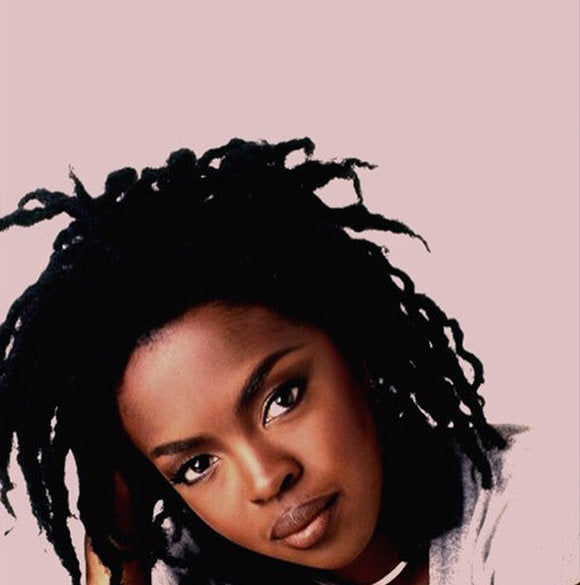
Locked sister Lauryn Hill is named one of People magazine’s 50 Most Beautiful People. This can be seen as a turning point in Black History, because up until this point the standard of American beauty (especially in Hollywood) was fair skin and stringy hair.
- 2001

Lil’ Kim makes a different turn when she rocks a blonde weave while other entertainers like singers Macy Gray and India Arie sport their neo-soul afros and African head-wraps. This is where the divide between chemical straightening women and au natural women becomes more noticeable.
- 2006
African American hair care is a billion-dollar industry. If it wasn’t already clear to the observing public it should be now with that stat: black people love doing their hair. Interesting to note: sales of relaxers, which make up about 18 percent of the market, were worth $131.8 million in 2014, a drop of 34 percent since 2009.
- 2012 – 2016 Youtube Naturalistas

Black women from across the globe are not only starting to embrace their “roots”, but they have taken over the internet video realm and have started developing hair care channels dedicated to styling and maintaining black hair. Ironically the drop in sales for hair relaxers coincides with the rise in natural hair Youtube channels. Coincidence?

